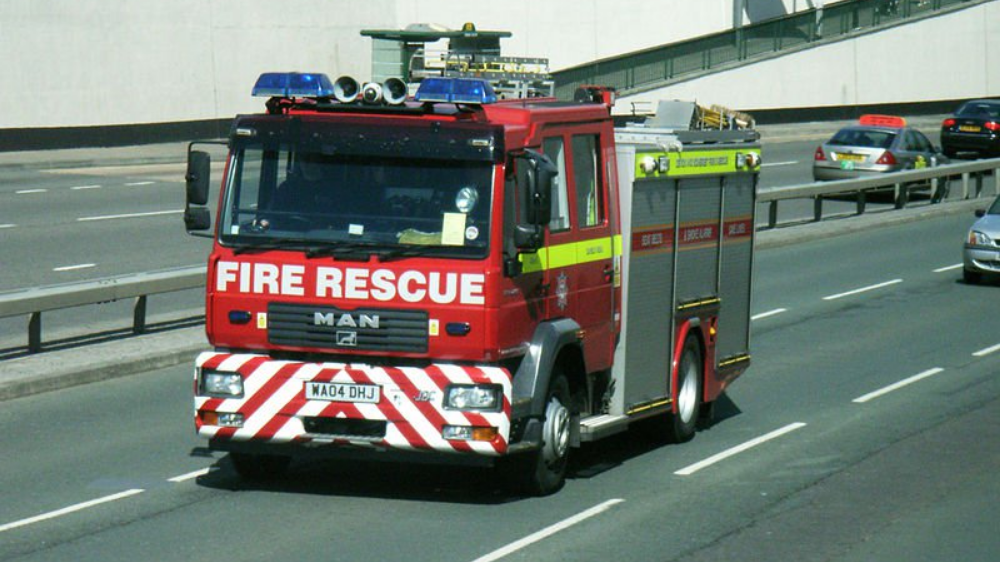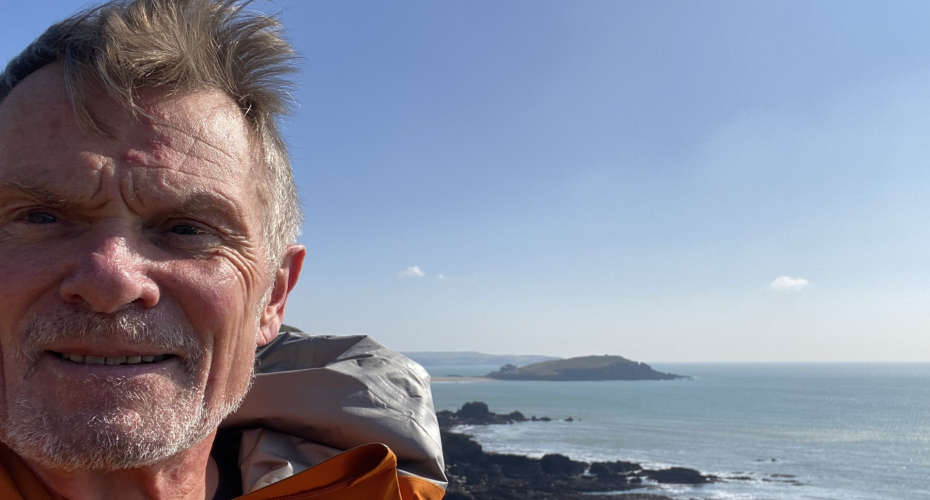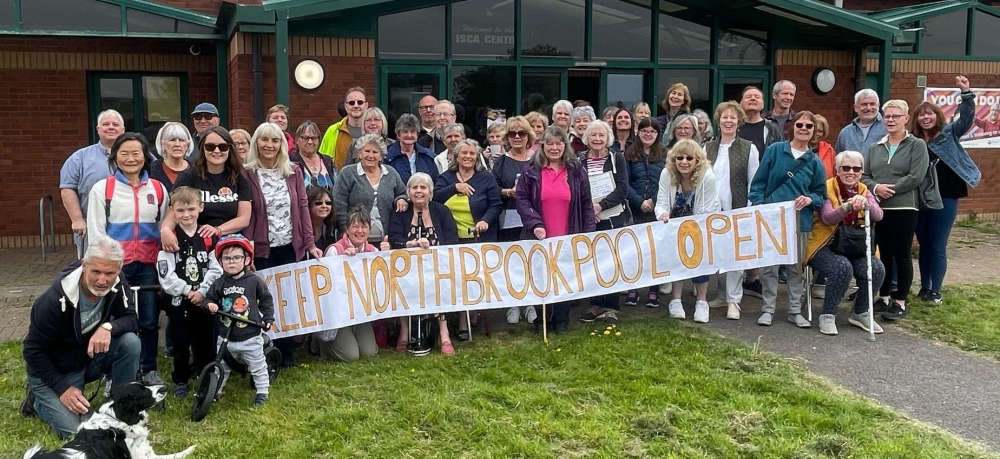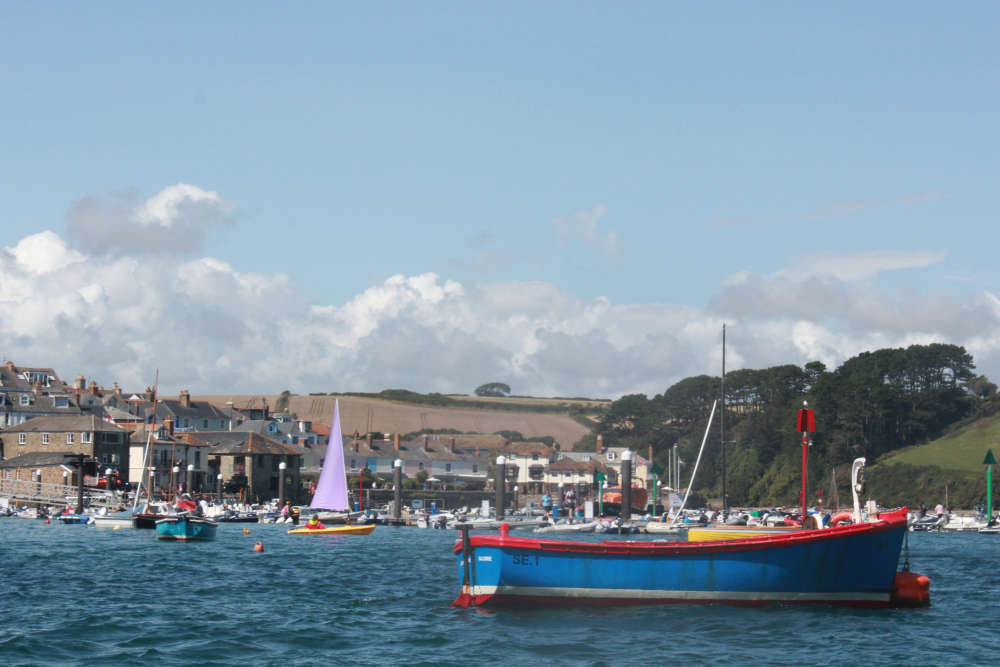
Development near Paignton will include alternative home for rare birds.
As part of the scheme, the developer Barratt Homes (Exeter) Ltd is paying £437,500 to provide an alternative breeding habitat for five pairs of cirl buntings, a rare finch-like bird once common in the south of England but now only found in south Devon.
There will also be an area of 2.5 hectares of open land to the south of the housing site to provide a habitat for one pair of the birds, with the developer contributing towards monitoring the land for 25 years.
Developers have to carry out measures to make up for wildlife habitat loss under planning rules.
One councillor expressed surprise at the sum given by the developer to provide an alternative habitat for the buntings, which will be managed by Torbay Coast and Countryside Trust.
Paignton councillor Barbara Lewis said she did not object to protecting endangered species but questioned the size of the bill, and commented: “I find that amazing. You could build three bungalows for that.”
A decision on the detailed application was put off by councillors in November for more information about a series of planning issues, including the impact on wildlife.
The outline approval for the site near the Sainsbury’s store gave permission for up to 192 homes and up to 9,200 square metres of employment space.
Councillors heard the developer had reduced the number of proposed homes by two since November to create an extra 10m-wide buffer zone between fields on the western edge of the site, and there was a new corridor on the eastern side, both providing routes for rare greater horseshoe bats.
Councillors were told that Natural England welcomed the changes and had no objection to the application, as long as the wildlife measures were included as conditions on the planning permission and bats were protected from excess light.
A move by Cllr Jackie Thomas to delay a decision again for further consideration was defeated. She was concerned about the lack of time councillors were given to consider the Natural England decision on the Habitat Regulations Assessment for the plans.
It found there would be no likely impact from the plans on the South Hams Special Area of Conservation, a zone giving legal protection to the greater horseshoe bats. The decision was reported to councillors at the meeting on Monday night after being given to the council on the previous Friday.
The committee voted in favour of delegating conditional approval for the revised planning application to the council’s assistant director for planning and transportation, subject to overcoming the issues raised by Natural England.
The detailed planning application included the site layout, public open space, planting, wildlife protection and transport links.
The application site is bounded by Yalberton Road to the north; the Western Power electricity station and Yannon’s Farm development site to the east; agricultural fields to the south towards South Devon College; and open countryside to the west.
The majority of the site is located within the Future Growth Area for housing and related development in the Torbay Local Plan. The land to the south and west of the main site is designated as a Countryside Zone.
Objectors raised concerns about the extra homes adding to the hundreds already being built in the area alongside Brixham Road on the outskirts of Paignton, including at White Rock and Devonshire Park.
They said the new development would add to traffic congestion, put pressure on local schools and health services, and damage wildlife in the Yalberton Valley.
An ecological impact assessment for the site found the main impacts would be on the breeding habitat for cirl buntings and the feeding areas for greater horseshoe bats.
The development site is in a support zone for the bats, as part of the South Hams Special Area of Conservation. It provides an area for foraging and feeding for the protected creatures, which have roosts on the coast from Berry Head to Sharkham Point.
A study found it was unlikely that bats from the main roosts would visit the site daily, but it may be of value to other greater horseshoe bat roosts within 4 kilometres.
An ecology plan submitted with the planning application outlined measures to limit the harm to wildlife and result in an overall biodiversity gain, including the planting of trees and hedgerows to make up for losses and to guide bats through the site. A barn used by owls and bats will be kept and closed to the public with an orchard created alongside.
 Fire destroys two part-built houses on new development
Fire destroys two part-built houses on new development
 Devon man to run round mainland Britain
Devon man to run round mainland Britain
 Decision on Exeter swimming pool due this week
Decision on Exeter swimming pool due this week
 South Hams tourism down, but average spending up
South Hams tourism down, but average spending up
 More East Devon council workers leaving
More East Devon council workers leaving
